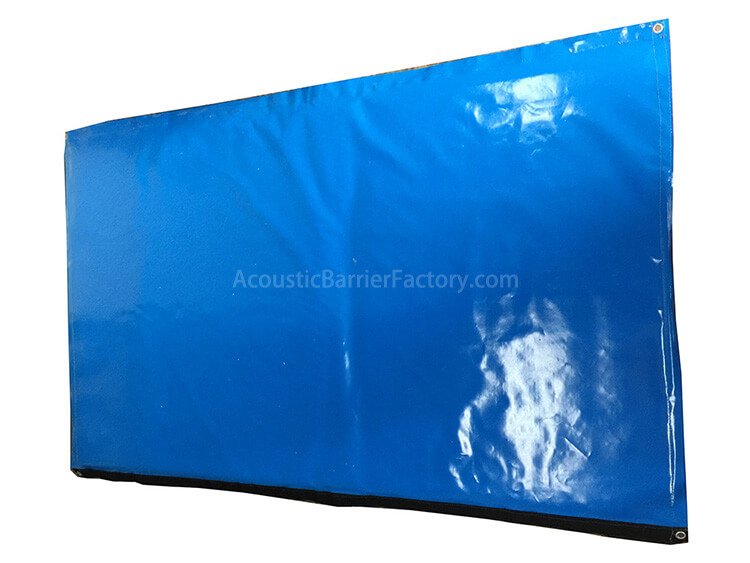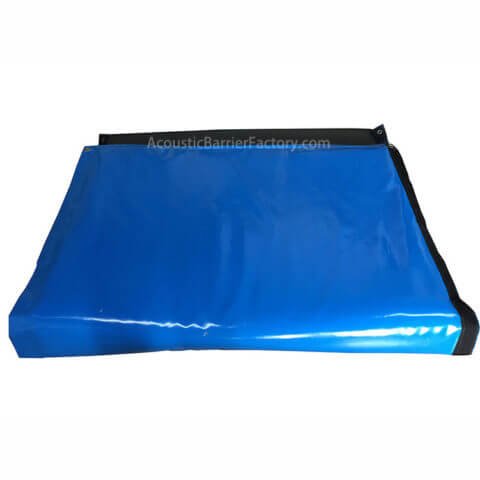Soundproof Exterior Walls
Soundproof Exterior Walls
Soundproof exterior walls can effectively reduce the propagation of noise from the source to the receiver. When placed between the source and receiver, obstacles diffract the sound transmitted to the receiver. This reduction depends on frequency: the exterior sound wall blocks high frequencies more effectively than low frequencies.
What determines the effectiveness of exterior sound screens?
The effectiveness of the soundproof exterior wall depends on the degree to which it forces the sound to bend to the receiver. As long as an obstacle interrupts the straight path from the source to the receiver, the noise will attenuate as it spreads around the obstacle.
Soundproof Exterior Walls Specification
Thickness: 18mm, 15mm
Size: 1000x2500mm, 2000x3550mm
Structure: 4 layer, 3 layer
Acoustic Performance: 27dB, 15dB

There are many ways to increase the effectiveness of the exterior sound deadening material. The first is to build barriers near the source. This is one of the best methods, because it can benefit all positions that cross the quiet barrier acoustic quilt. If the obstacle cannot be located near the signal source, the next best location is near the receiver. This is also effective for this receiver, but for receivers at greater distances, the revenue will be reduced. When the exterior sound absorbing material approaches the receiver, the critical angle also increases.
Generally, the least effective position of the exterior sound wall is the middle position between the source and receiver. However, no matter where the position is, when the height of the obstacle increases, the acoustic effect of the obstacle will increase.
Soundproof Exterior Wall Feature
Excellent acoustic performance
Industrial durability
Weather resistant
Lightweight/easy to handle
No glass fiber or rock wool
Ultra durable accessories
The quality of the exterior sound absorbers is usually not a critical factor. The construction of the exterior sound deadening material should be such that the sound penetrating the exterior sound absorbers is lower than the sound spreading at the top. For example, the sound transmission loss of the exterior sound screens should be at least 10 decibels lower than the planned attenuation above the outdoor barriers. A strong exterior sound absorbing material that supports itself and withstands wind loads usually provides sufficient sound transmission loss.





